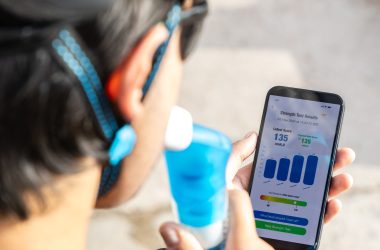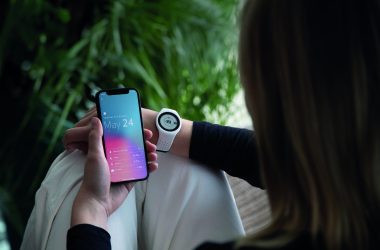Last Updated on: 7th December 2023, 01:52 pm
Major injury and illness is lifechanging, even if the victim is fortunate and the consequences are temporary. Physical and mental limitations, however short-lived, have a profound effect on the psyche and can cause a permanent shift in perspective.
Medical professionals therefore work hard to ensure that patient care is as quick and comprehensive as possible. In recent years, breakthroughs in healthcare equipment have transformed the treatment process for serious conditions. Discover how technology is improving major injury recovery.
Precision imaging
Since the accidental discovery of X-rays in 1895, medical imaging has come a long way.
Advanced imaging techniques include CT and MRI scans that form detailed internal pictures of the body, and the 1980s 3D ultrasound technology that’s been invaluable in treating cardiac conditions.
Having a thorough genetic profile from precision imaging enables healthcare professionals to give more accurate diagnoses and put together personalised treatment plans specific to the individual.
Telehealth
Born out of necessity during the pandemic at the beginning of this decade, telehealth allows people to speak to healthcare professionals at any time regardless of location.
When it comes to major injury such as brain damage, the importance of having instant connection to specialist advice cannot be underestimated. Having the correct care following a lifechanging accident is vital in ensuring not only physical wellness but mental wellbeing too.
In addition, for those pursuing compensation for brain injury claims, telehealth ensures a big bank of data to help support their petition.
VR rehabilitation
When you think of Virtual Reality technology, you probably don’t think of medicine. However, VR rehabilitation is a growing trend.
Healthcare professionals can create immersive interactive environments that augment recommended exercises for faster physical and cognitive recovery. This allows for the exercises to be done in a more natural way, and is more entertaining for the patients to boot.
Examples of VR rehabilitation include patients practicing lost motor skills in ‘real life’ situations, scanning images to identify objects and improve their field of vision, and playing stimulative games as part of neurorehabilitation.
Wearable technology
Finally, the seeming simple wearable technology such as smartwatches has changed the face of major injury treatment.
Wearable technology is the name given to devices that facilitate remote monitoring of physical health. These devices monitor vital signs and activity levels, and can be connected to computers and smartphones to provide continuous data feedback to all healthcare professionals involved in the treatment.
Furthermore, wearable technology means that patient programmes can be adjusted without the need for a physical consultation, fine-tuning rehabilitation for speedier recovery. Having access to real-time data also gives the patient more autonomy over their journey back to health.









